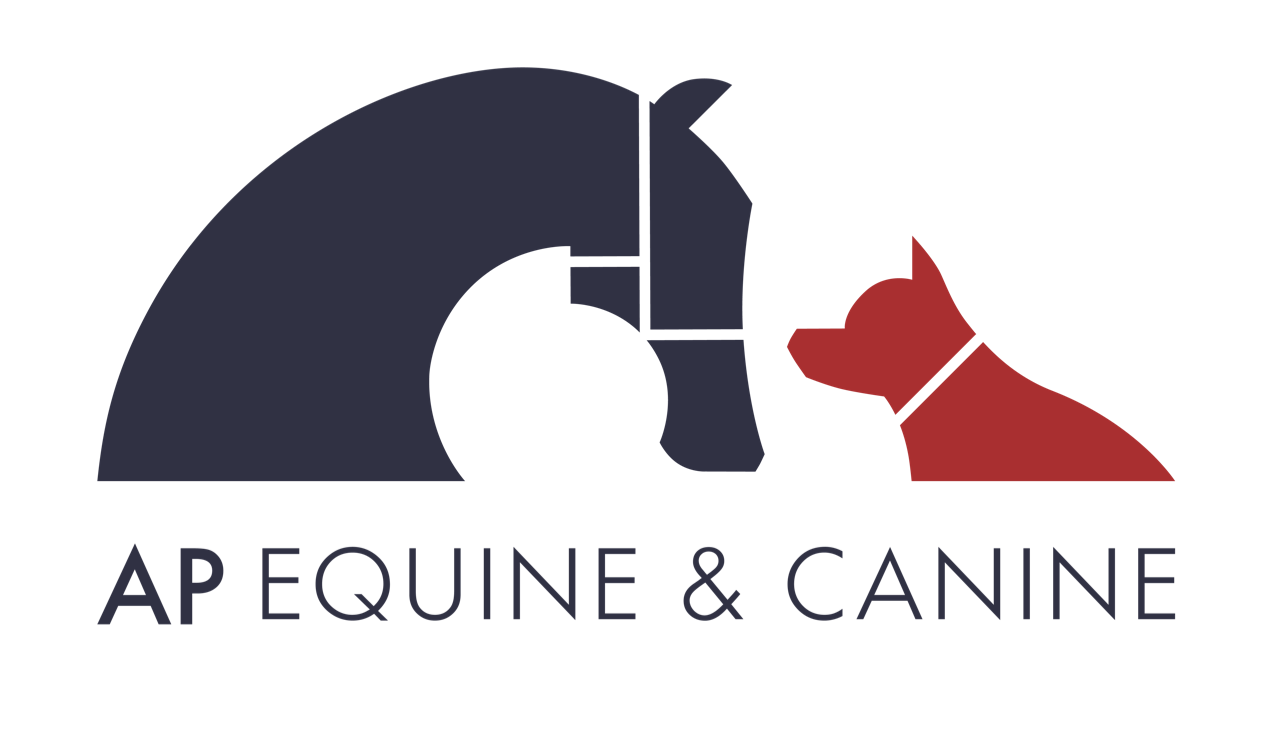SPLENIUS CERVICUS MUSCLE
🐎 SPLENIUS CERVICUS MUSCLE 🐎
L O C A T I O N :
Runs from the top of the horses poll and ends mid wither.
(Nuchal Crest, Mastoid Process, C2-5 ------> T3-5)
R O L E :
• Lifts the Neck (Elevates)
• Straightens the Neck (Extends)
• Bends the neck to the side (Lateral Flexion)
• Stabilises the head and neck in movement.
D Y S F U N C T I O N :
Main Causes: Injury/strain to this area can occur through direct trauma, compensation, discipline and rider influence.
Examples:
• Compensation:
Long term lamenesses particularly those with an associated "head nod" will cause strain due to increasing the demand on the muscle to stabilise the head and neck whilst the lame limb is underperforming.
• Discipline:
Disciplines such as dressage, particularly at the higher levels will increase the demand on this muscle when performing certain movements i.e Extended periods of lateral flexion. Thus, predisposing strain related injuries to this muscle.
• Rider Influence:
Handedness or lateralisation in riders can
cause asymmetric development of this muscle through blocking lateral flexion repeatedly to one side, increased hand grip/rein contact on one rein vs the other and unsteady hands ect..... All of which can overwork or asymmetrically develope the left and right Splenius Cervicus.
S Y M P T O M S O F P A I N :
• Constant lateral flexion to one side.
• Reluctance to flex to one side.
• Sensitivity when putting on Bridle.
• Head tilting
• Poll sensitivity.
• Lowered head position at rest.
Note: Not all symptoms may be present at once.
⏭ Next Post Topic: The Equine Brachiocephalicus Muscle (First Week November)

